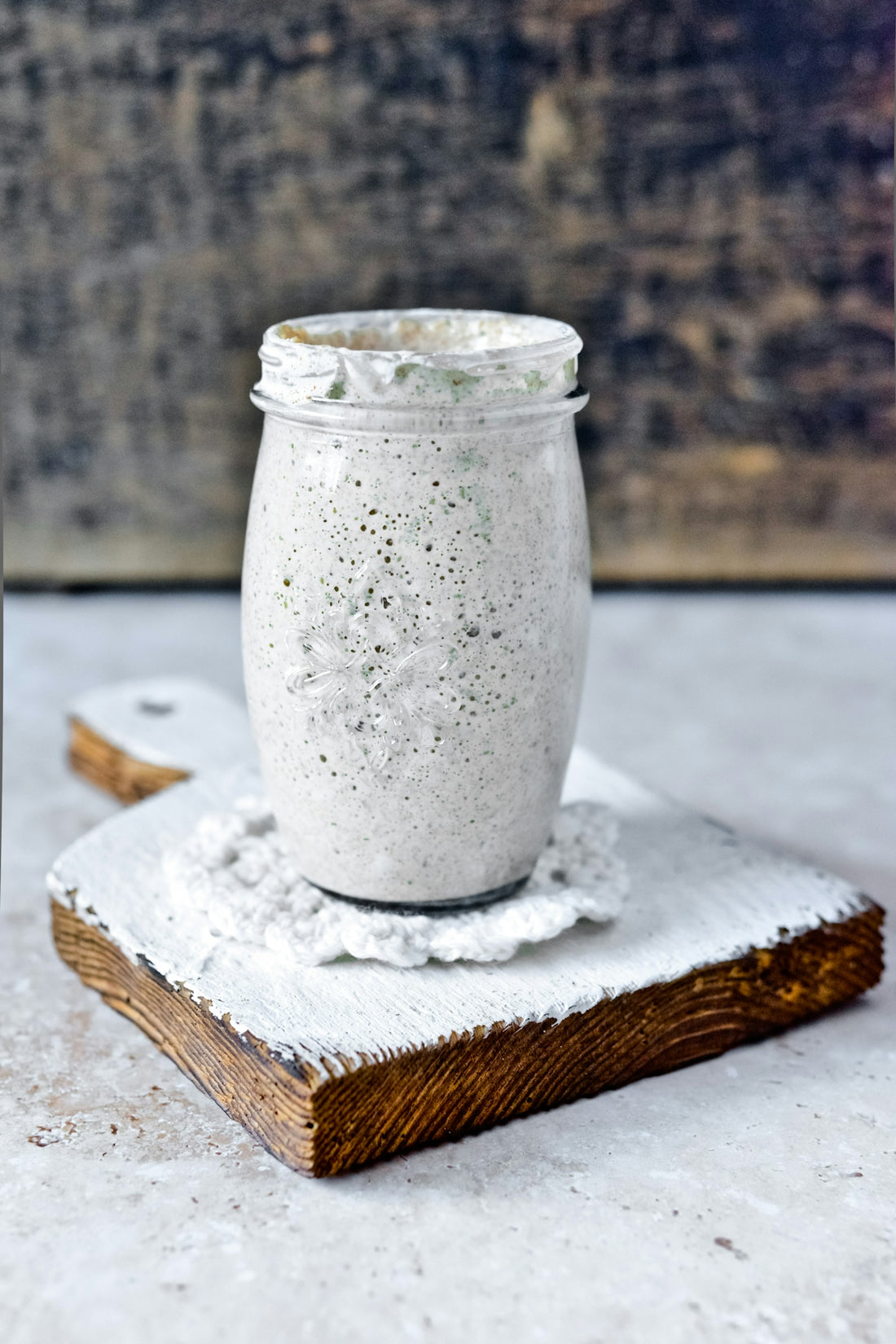
Sourdough Starter vs Yeast: Demystifying the Essentials of Artisan Bread Baking
Bread, an enduring comfort food, finds a special spotlight in the world of artisan baking with sourdough. While the scent of fresh Italian sourdough bread is enchanting, the journey from raw ingredients to a beautifully crafted loaf is magical. However, stepping into the world of sourdough starter and yeast can be intimidating for newbies. In this comprehensive guide, we demystify these essentials, helping you embrace the art of sourdough bread baking with confidence.
Understanding Sourdough Starter: The Heart of Artisan Baking
A sourdough starter is a living culture of water and flour that captures wild yeast and naturally occurring bacteria from the environment. Unlike commercial yeast, which is cultivated and packaged, sourdough starter is a testament to the art and science of fermentation. It creates bread that is unique in flavor and texture, offering a tanginess prized by bakers worldwide.
Benefits of Sourdough Fermentation
The process of sourdough fermentation not only leavens bread but also improves its nutritional profile. This natural fermentation can break down gluten, making it easier to digest, and can lower the bread’s glycemic index, potentially making it more suitable for some, like those managing diabetes. This makes sourdough for diabetics a topic worth exploring.
Sourdough Starter vs Yeast: What’s the Difference?
When considering sourdough starter vs yeast, the fundamental difference lies in the source of the leavening. While commercial yeast is consistent and quick, a homemade sourdough starter involves wild yeast fermentation which requires patience and care.
Developing Your Homegrown Starter
Starting with a basic sourdough starter is simple. Mix equal parts of flour and water and let nature do its work. Within days, you’ll nurture a living organism ready to give rise to your baking adventures.
How to Feed Sourdough Starter
Feeding is crucial. Discard some of the starter and replenish it with fresh flour and water. This process maintains its vitality. Developing a sourdough starter feeding schedule is essential for long-term success and ease. Here's a basic schedule:
- Morning: Discard 50% of the starter, feed with 50g each of flour and water.
- Evening: Repeat the morning process.
Consistency in this routine results in a robust and versatile starter.
Storing and Maintaining Your Sourdough Starter
How to store sourdough starter depends on usage frequency. For daily bakers, room temperature works best, while weekly bakers might opt for refrigeration to slow the activity. Always bring it back to room temperature with a couple of feeds before a baking session.
Crafting the Perfect Loaf: Sourdough Bread Recipe and Techniques
How to Bake Sourdough Bread
Baking sourdough involves more than following a recipe; it is an art form. Begin with an easy sourdough bread formula to get comfortable with the process.
Key Steps to Success
- Mix: Combine flour, water, and starter to form a dough.
- Autolyse: Allow the dough to rest, letting the flour absorb the water.
- Knead and Bulk Ferment: Develop gluten through folding and give wild yeast time during fermentation.
- Shape and Proof: Focus on shaping techniques to create structure and let the dough rise.
- Bake: Utilize steam and high heat for oven spring and the desired crunchy crust.
Tools for Artisan Bread Baking
Investing in the right tools elevates your baking experience. Consider using a Silicone Baking Mat Kneading Pad to handle dough more effectively or a Dutch Oven to achieve professional quality crusts.
Tips and Techniques: Making Sourdough With Flair
Sourdough Baking Tips
- Hydration Balance: Adjust water to achieve the perfect dough consistency.
- Temperature Control: Manage fermentation rates by tweaking temperatures.
- Best Sourdough Scoring Techniques: Use scoring tools to improve crust expansion and decoration.
How to Get a Crispy Sourdough Crust
Creating a crispy crust often relies on humidity. Start your bake in a sealed environment to trap steam. A Dutch Oven or adding a tray of water in the oven can produce this steam effect.
Sourdough Troubleshooting: Honing Your Craft
Sourdough Starter Troubleshooting
Common issues include starter inactivity or off smells. Adjust feeding amounts or hydration to revive it. Consistent maintenance is resilience.
Sourdough Bread Troubleshooting
- Dense Bread: Lengthen fermentation or ensure thorough kneading.
- Lack of Rise: Check starter health or adjust your proofing time.
Sourdough Discards
Instead of waste, make use of sourdough discard recipes. Consider crafting pancakes, biscuits, or even sourdough pizza dough for a no-waste baking life.
Expanding Your Sourdough Repertoire
Exploring variations like sourdough bagels or sourdough pizzas can become delightful projects. With the artisan approach, the possibilities are limitless.
Conclusion: Embrace My Sourdough Life
The path of sourdough baking is both a practice and a passion. My sourdough life is enriched by the continuous learning and tweaking, paving your way to becoming an artisan bread master. For the curious baker, delve deeper into wild yeast fermentation and explore products to aid your journey in creating delectable, authentic breads. Visit Italian Sourdough for more inspiration and quality baking supplies.
